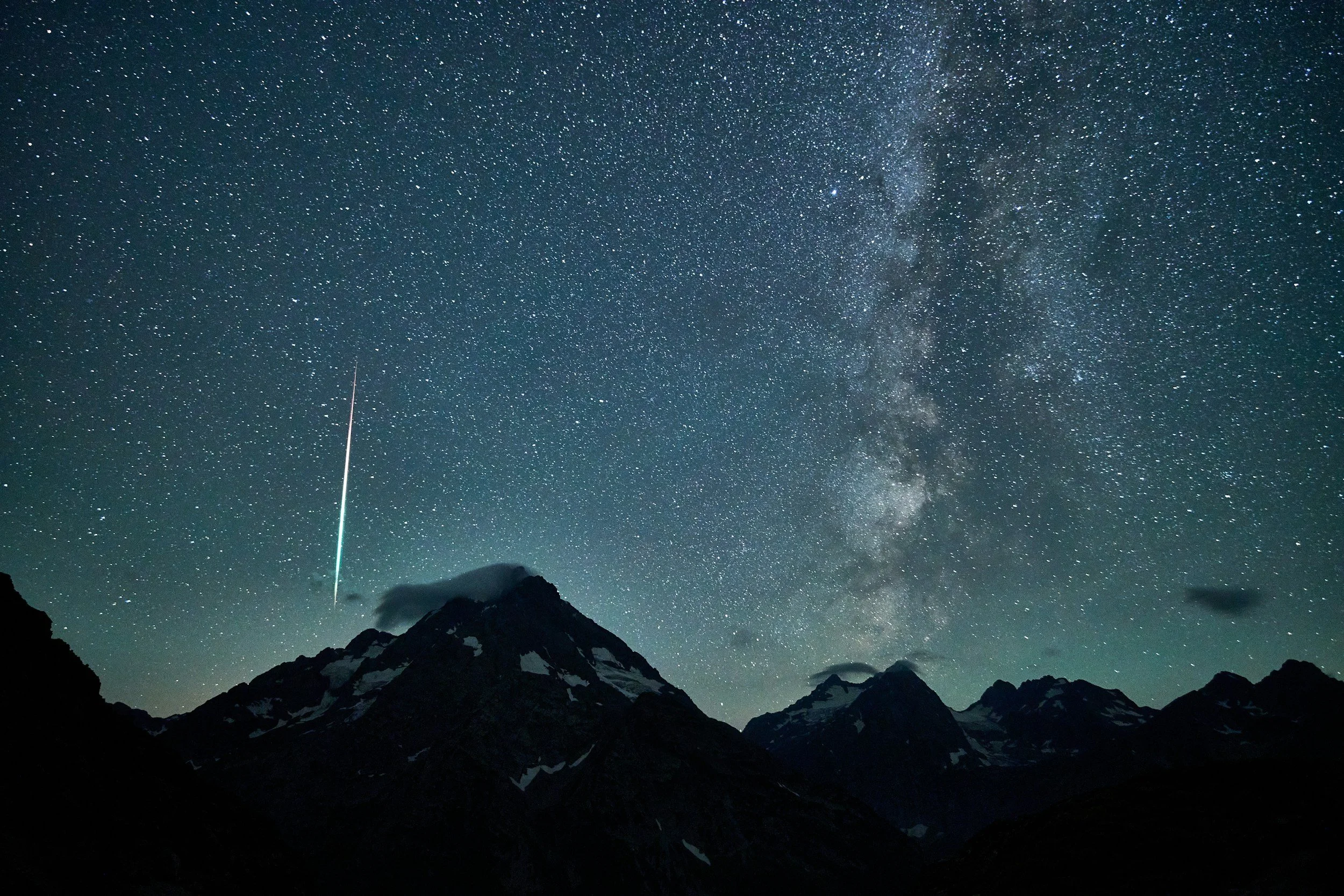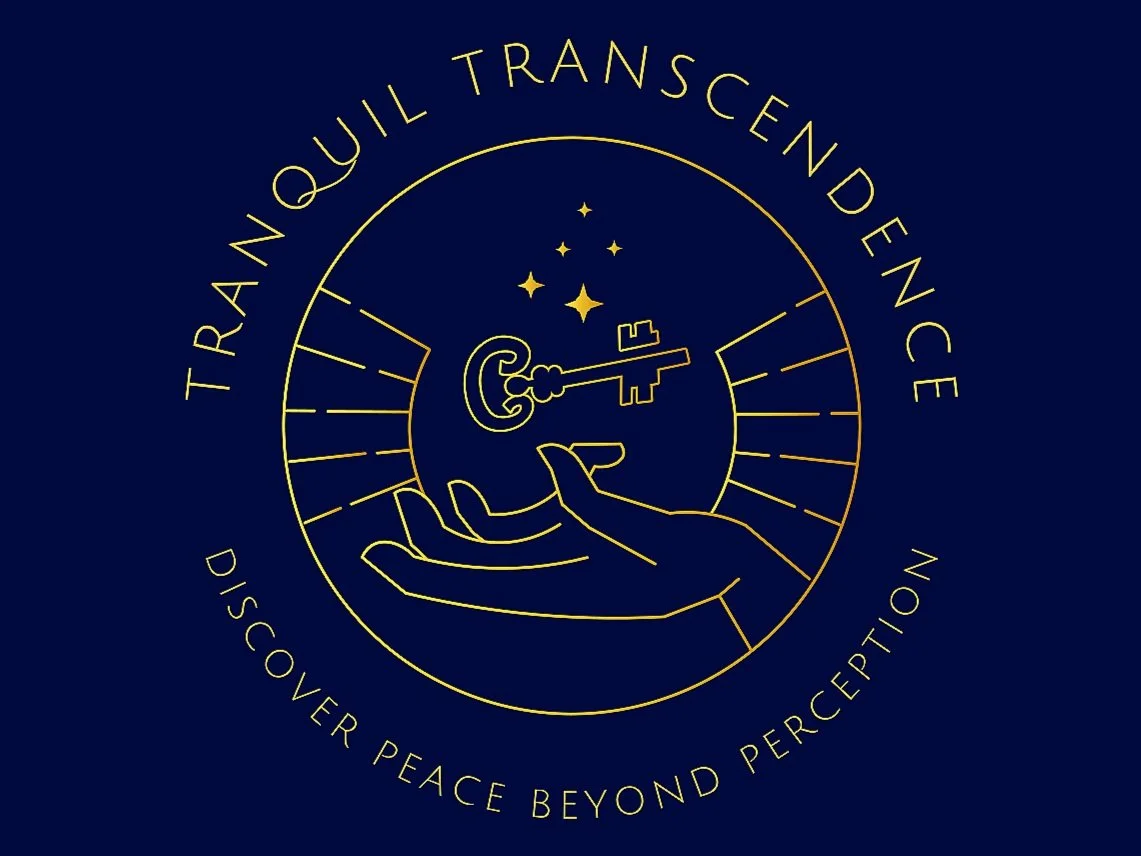
Psilocybin Therapy: A Sacred Medicine Through Time—
From Ancient Mysteries to Modern Healing
The Eternal Journey of Psilocybin: Soul Medicine Across Millennia
Psilocybin therapy is ancient medicine—woven through human history long before modern science began to understand it, and far beyond the confines of legality and stigma. Today’s psychedelic renaissance is a blossoming revival of an enduring sacred relationship between humans and these mystical mushrooms.
This page honors the timeless lineage of psilocybin therapy, tracing its path from ancient ceremonies to underground healers, to clinical breakthroughs, weaving together stories of spirit, science, and soul.
The Ancient Roots: From Eleusis to Indigenous Ceremonies Across the World
Eleusis: The Mystery Cult of Ancient Greece
Long before modern psychology, the Eleusinian Mysteries of Ancient Greece held secret rites said to involve a sacred potion called kykeon, possibly containing psychoactive ingredients like ergot (a fungus related to LSD). These mysteries:
Were central religious ceremonies for over 2,000 years
Offered initiates transformative visions and deep spiritual insight
Connected participants to death, rebirth, and the divine cycles of nature
While the exact ingredients of kykeon remain debated, Eleusis is often regarded as the first recorded psychedelic ritual in Western civilization—a testament to humanity’s ancient desire for transcendence.
Indigenous Wisdom: Sacred Mushrooms as Divine Messengers
Long before Western science, psilocybin mushrooms were revered as “flesh of the gods”—a living bridge between the earthly and the spiritual realms. Indigenous cultures around the world honored them as sacred medicine:
Aztecs: Called them Teonanácatl, meaning "flesh of the gods."
Mazatec & Mixtec peoples (Oaxaca, Mexico): Conducted healing and divination ceremonies led by curanderas (female shamans), like the legendary María Sabina.
Amazonian tribes: Used related plant medicines like ayahuasca for connection with spirit and healing.
These ceremonies were never recreational but profound spiritual journeys to heal, learn, and commune with the ancestors and earth itself.
The Early Scientific Wave: From Curiosity to Suppression
In the mid-20th century, psilocybin emerged into Western consciousness through pioneering explorers:
1957: Ethnomycologist R. Gordon Wasson’s LIFE Magazine article introduced the sacred mushroom ceremonies to a global audience after his journey with María Sabina.
1958: Swiss chemist Albert Hofmann, discoverer of LSD, isolated psilocybin and psilocin, the active compounds in the sacred mushrooms.
1960s: Researchers like Timothy Leary and Richard Alpert (later Ram Dass) explored therapeutic and spiritual potentials with early clinical trials focusing on alcoholism, depression, anxiety, and creative awakening.
But as psilocybin became entangled with 1960s counterculture and political unrest, prohibition swept the globe—halting research and driving sacred medicine underground for decades.
The Underground Era: Guardians of the Medicine
Though criminalized, psilocybin therapy never disappeared.
Across homes, secret circles, and hidden ceremonies worldwide, brave healers and guides kept the flame alive:
Offering sanctuary to trauma survivors, veterans with PTSD, artists, seekers, and terminally ill patients.
Innovating sacred journeys blending ancient ritual, psychotherapy, and personal insight.
Developing integration practices to help make lasting change after the experience.
These underground networks were the unsung heroes, carrying medicine and wisdom through dark times with love, trust, and resilience.
The New Renaissance: Science, Legality, and Healing
Today, we are witnessing a global revival of psilocybin therapy:
Oregon, Colorado, Canada, Australia, and other places have legalized or decriminalized psilocybin-assisted therapy.
Prestigious institutions like Johns Hopkins, NYU, Imperial College London lead clinical trials validating psilocybin’s effectiveness for depression, PTSD, addiction, OCD, and end-of-life anxiety.
Therapies now emphasize:
Preparation: Setting intentions, building trust
Guided journeys: Safe, supported psychedelic experiences
Integration: Transforming insights into healing and growth
Psilocybin is emerging not just as medicine—but as a powerful tool for emotional, spiritual, and psychological transformation.
Honoring the Lineage: A Call for Reverence and Responsibility
As psilocybin therapy steps into mainstream healthcare, it is essential to honor its profound heritage:
The Indigenous keepers of ancient mushroom ceremonies and plant wisdom.
The early scientific pioneers who risked their careers and freedom for discovery.
The underground healers who protected this work during decades of darkness.
The modern facilitators who integrate ancient reverence and cutting-edge science to help new generations heal.
Psilocybin is not just a clinical tool—it is soul medicine, sacred medicine, a doorway to the divine. It demands respect, intentionality, and care.
Further Exploration
Eleusinian Mysteries & Psychedelic History
Indigenous Mushroom Ceremonies and Spiritual Traditions
Modern Psilocybin Clinical Trials & Research Breakthroughs
The Role of Integration Therapy in Healing
Ethical and Cultural Considerations in Psychedelic Work

